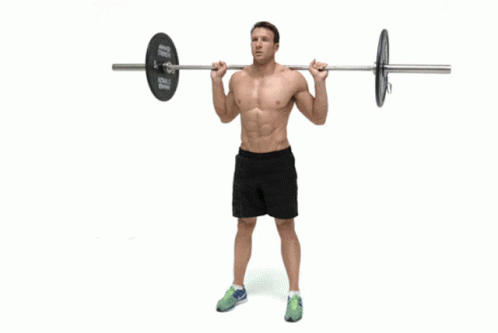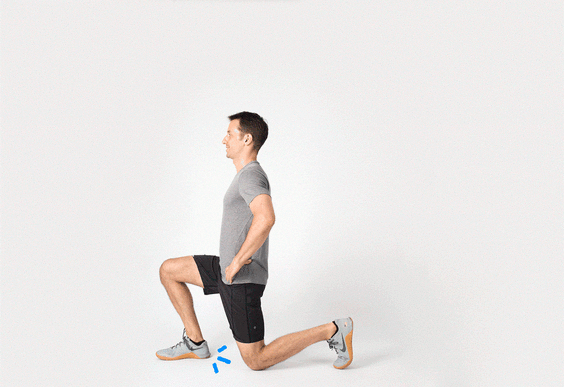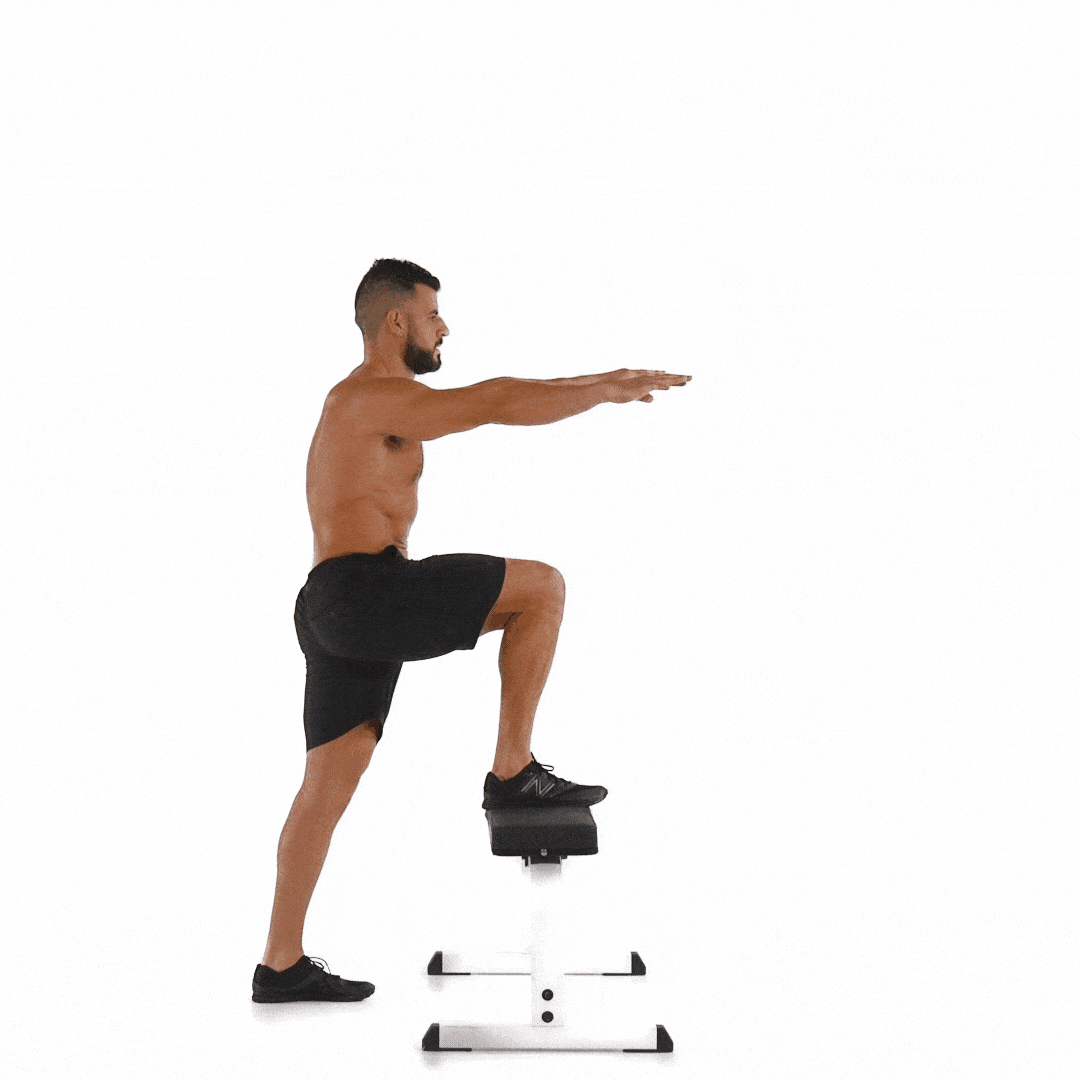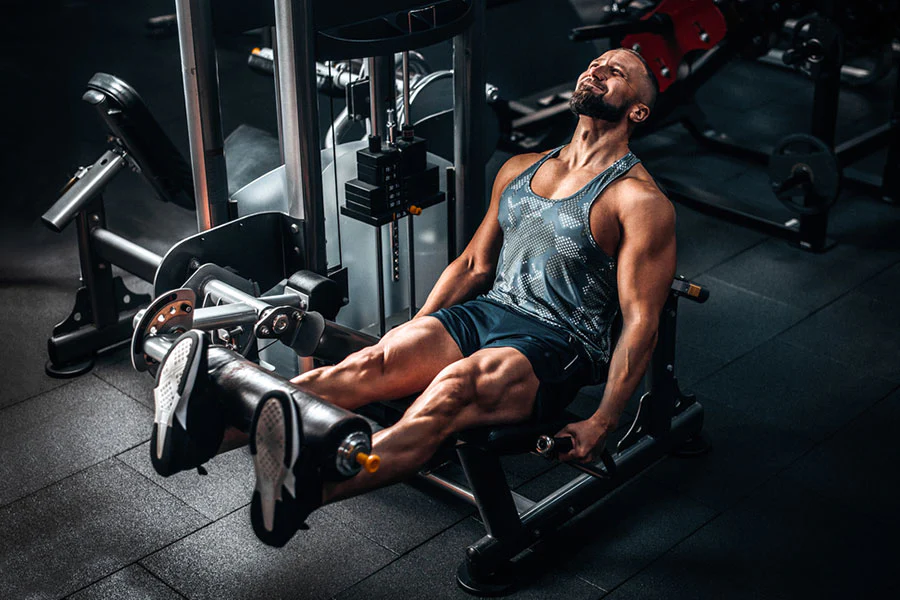Are you looking to build a strong lower body without hitting the gym? A lot of men tend to focus on upper body workouts while ignoring their legs. However, leg workouts for men are crucial for overall fitness and strength.
In this blog, we will talk about why leg workouts are important and the benefits of doing them at home. We will also provide tips on how to prepare for your home leg workout and list some essential exercises that you can do without any equipment. You will learn how to perform these exercises correctly and sustain motivation for regular leg workouts. Lastly, we will discuss the signs that indicate you are getting stronger and the importance of post-workout recovery and nutrition.
So, get ready to give your legs the attention they deserve with our best leg workouts for men at home!
Understanding the Importance of Leg Workouts
Leg workouts are important for a variety of reasons, including:
- Building strength and muscle mass. The legs contain some of the largest muscles in the body, so working them out can help you build strength and muscle mass. This can improve your overall fitness and make it easier to perform everyday activities, such as walking, running, and climbing stairs.
- Burning calories. Leg workouts are a great way to burn calories. In fact, some studies have shown that leg workouts can burn more calories than other types of workouts, such as cardio. This is because the legs are large muscles that require a lot of energy to move.
- Improving balance and coordination. Leg workouts can help improve your balance and coordination. This is because they require you to use multiple muscle groups and stabilizers in your legs and core. This can help reduce your risk of falls and injuries.
- Preventing injuries. Strong legs can help prevent injuries by providing support and stability for your joints. This is especially important for people who participate in sports or activities that involve a lot of running and jumping.
- Improving posture. Strong legs can help improve your posture by keeping your pelvis in alignment. This can help reduce back pain and other problems associated with poor posture.
- Boosting metabolism. Leg workouts can help boost your metabolism, which is the rate at which your body burns calories. This can help you lose weight or maintain a healthy weight.
Overall, leg workouts are an important part of a healthy fitness routine. They can help you build strength, burn calories, improve balance and coordination, prevent injuries, improve posture, and boost metabolism.

Gathering Necessary Equipment for Leg Workout for Men at Home
Here are some of the necessary equipment you can use for a leg workout at home for men:
- Dumbbells: Dumbbells are a versatile piece of equipment that can be used for a variety of leg exercises, such as squats, lunges, and leg press. You can start with a light weight and gradually increase it as you get stronger.
- Resistance bands: Resistance bands are another great option for home workouts. They are lightweight and portable, so you can take them with you wherever you go. Resistance bands can be used for a variety of exercises, such as leg extensions, hamstring curls, and calf raises.
- Weight bench: A weight bench is not essential, but it can be helpful for certain exercises, such as leg press and hip thrusts. If you do not have a weight bench, you can use a sturdy chair or couch.
- Mat: A mat can provide cushioning and prevent injuries. It is especially important to use a mat if you are doing exercises that involve jumping or falling.
- Water bottle: Staying hydrated is important during any workout. Make sure to have a water bottle with you so you can stay hydrated throughout your workout.
What Should You Eat Before: Leg Workout For Men?
Here are some good foods to eat before a leg workout for men:
- Oatmeal with berries and nuts: Oatmeal is a good source of complex carbohydrates, which will give you sustained energy during your workout. The berries and nuts add protein and healthy fats, which will help to keep you feeling full and satisfied.
- Eggs with whole-wheat toast: Eggs are a complete protein, meaning they contain all nine essential amino acids. This is important for muscle growth and repair. The whole-wheat toast will provide you with complex carbohydrates and fiber.
- Chicken breast with brown rice and vegetables: Chicken breast is a lean protein that is low in fat. Brown rice is a complex carbohydrate that will give you sustained energy. The vegetables will provide you with vitamins, minerals, and fiber.
- Smoothie made with protein powder, fruit, and yogurt: Smoothies are a quick and easy way to get a pre-workout meal. The protein powder will help to build and repair muscle, the fruit will provide you with carbohydrates and energy, and the yogurt will add protein and calcium.
It is important to eat a meal or snack that is high in protein and carbohydrates at least 2-3 hours before your leg workout. This will give your body time to digest the food and absorb the nutrients. Eating too close to your workout can make you feel bloated or nauseous.
Essential Leg Exercises for Men at Home

· Squats – The Quintessential Leg Workout
Engage multiple muscle groups with squats, making them a comprehensive leg workout. Strengthen your quads, hamstrings, and glutes by performing this compound exercise. Increase lower body strength and power by mastering proper squat form. Challenge your stability and coordination while executing squats. Regular sessions of squats optimize muscle growth and enhance overall athleticism. Remember to start with the correct form: stand with your feet shoulder-width apart, toes pointing slightly outward, and shins vertical. Lower yourself into a squatting position, keeping your knees in line with your toes. Push through your heels to return to the starting position. Squats are one of the best leg workouts for men as they target multiple leg muscles and offer a range of benefits.

· Lunges – For Enhanced Leg Strength and Balance
Target your leg muscles, including quads, hamstrings, and glutes, with lunges. Incorporating lunges into your leg workout routine can improve balance and stability while enhancing functional strength. To avoid plateaus, vary your lunge variations to target different muscle groups. Amp up the intensity of your leg workouts by adding weights or performing dynamic lunges. Lunges are a versatile exercise that targets multiple leg muscles and can be done at home without any equipment. By incorporating lunges into your leg workouts, you can enhance leg strength, improve balance, and work the muscles used in everyday activities. Take your leg workout to the next level with lunges.

· Step-Ups – Targeting the Thighs and Calves
Step-ups are a versatile leg exercise that can help you strengthen your thighs and calves. This simple yet effective movement is perfect for improving unilateral leg strength and balance. You can increase the difficulty of step-ups by adding weights or performing explosive variations. By incorporating step-ups into your leg routine, you can target different muscle fibers in your lower body. Additionally, step-ups are a great way to enhance cardiovascular fitness while working your legs. So why not try adding step-ups to your leg day workout? They are a fantastic exercise to include in your routine for overall leg strength and conditioning.

· Glute Bridge – A Key Exercise for Strong Hips
Activate and strengthen your glutes with glute bridges, an essential exercise for strong hips. By performing this movement, you can improve hip stability, reduce the risk of lower back pain, and enhance athletic performance. Glute bridges target your posterior chain, engaging not only the gluteus maximus but also the hamstrings and adductors. This exercise also helps to improve overall hip mobility, allowing for better movement and function in daily activities.

· Calf Raises – For Defining the Lower Legs
Build strong and defined calf muscles with calf raises. Increase ankle stability and prevent injuries with this simple yet effective exercise. Vary your calf raise variations to target different areas of the calf muscles. Incorporate slow and controlled movements to maximize muscle activation. Add resistance or perform single-leg calf raises for an added challenge. By incorporating calf raises into your leg workout routine, you can effectively target the lower legs and achieve a desired definition.

· Bulgarian Split Squats – Intensive Exercise for Leg Muscles
Amp up the intensity of your leg workout with Bulgarian split squats. Target your quads, hamstrings, and glutes while improving balance and stability. Increase flexibility and range of motion with this challenging unilateral exercise. Incorporate dumbbells or barbells to add resistance and increase difficulty. Develop functional leg strength and improve muscular imbalances with split squats. By performing Bulgarian split squats, you activate multiple muscle groups simultaneously, making it an efficient exercise for building leg strength. This exercise also helps in enhancing your stability and coordination due to its unilateral nature.
What are the signs that you are getting stronger?
· Visible Changes in Leg Muscle Tone
As you continue with your leg workouts, you will start to notice some exciting changes in the tone and appearance of your leg muscles. Increased definition and firmness will become apparent, making your leg muscles more prominent and sculpted. Your legs will also exhibit improved muscle symmetry and balance, giving them a more aesthetic appeal.
· Improved Performance in Daily Activities
Notice a significant improvement in leg strength and stability as you go about your daily tasks, such as climbing stairs or lifting heavy objects. With increased energy and endurance, you’ll be able to engage in physical activities for longer durations without feeling fatigued or experiencing muscle soreness.
· Increased Stamina during Workouts
During your leg workouts, you’ll notice that you can perform exercises for longer durations without feeling fatigued. This increased stamina allows you to lift heavier weights or do more repetitions, pushing your limits and achieving better results. You’ll also experience improved cardiovascular endurance during cardio-based leg exercises, which further enhances your overall stamina.
Post-Workout Recovery and Nutrition
Here are some tips for post-workout recovery and nutrition after a leg workout:
- Consume a combination of protein and carbohydrates within 30 minutes of finishing your workout. This will help to replenish your glycogen stores and start the muscle repair process. A good rule of thumb is to aim for 20-40 grams of protein and 20-40 grams of carbohydrates.
- Choose foods that are high in quality protein. This includes lean meats, poultry, fish, eggs, dairy, and plant-based proteins such as beans, lentils, and tofu.
- Include complex carbohydrates in your post-workout meal. These will help to provide your body with sustained energy. Good sources of complex carbohydrates include whole grains, fruits, and vegetables.
- Stay hydrated. Drink plenty of water or a sports drink to replenish fluids lost through sweating.
- Get enough sleep. Sleep is essential for muscle recovery. Aim for 7-8 hours of sleep per night.
Let’s Sum Up
In conclusion, incorporating leg workouts into your fitness routine is essential for overall strength and balance. The convenience and cost-effectiveness of home workouts make it easier than ever to prioritize your leg muscles from the comfort of your own space. By performing exercises like squats, lunges, step-ups, glute bridges, calf raises, and Bulgarian split squats with proper form and technique, you can target different leg muscles and achieve optimal results.
Remember to set realistic fitness goals and track your progress regularly to stay motivated. And don’t forget about post-workout recovery and nutrition – rest and hydration are key to muscle growth and repair. So, start incorporating these leg exercises into your home workouts and watch your leg strength and muscle tone improve.



